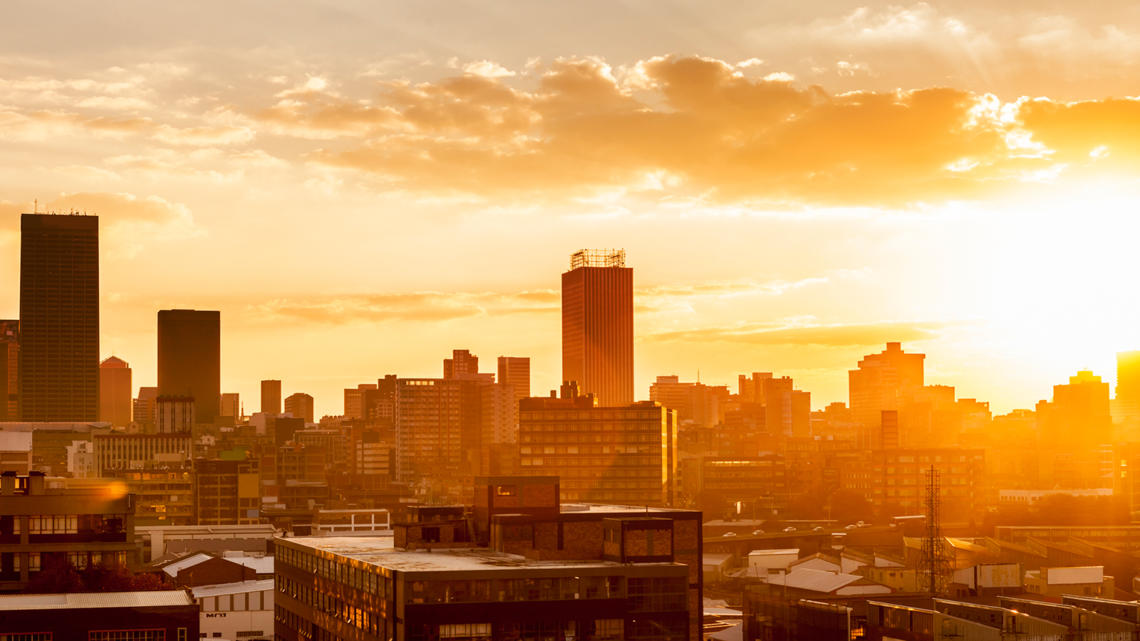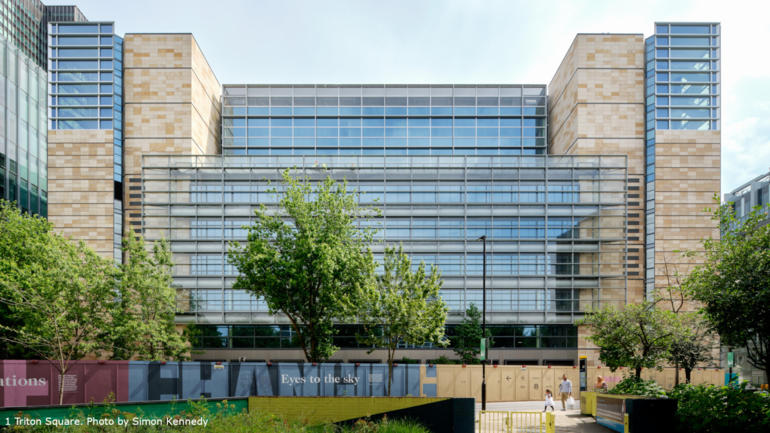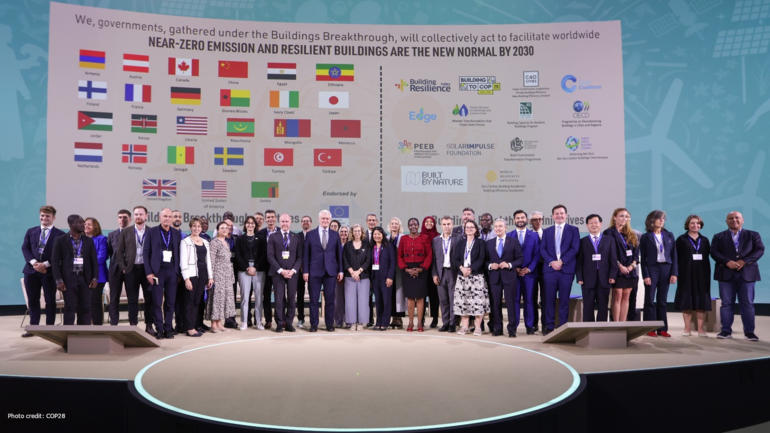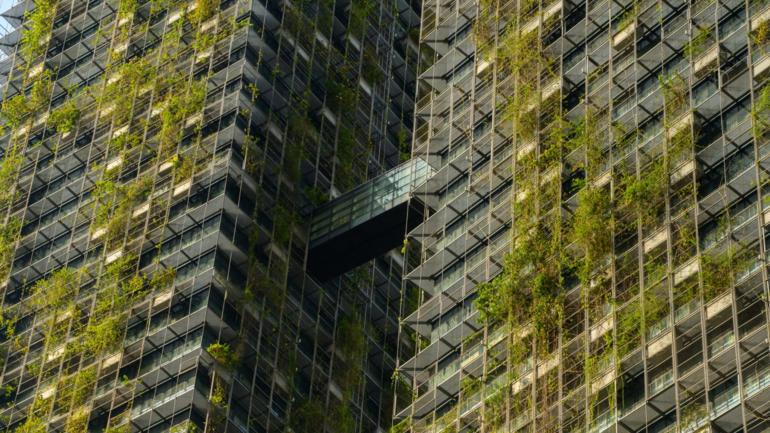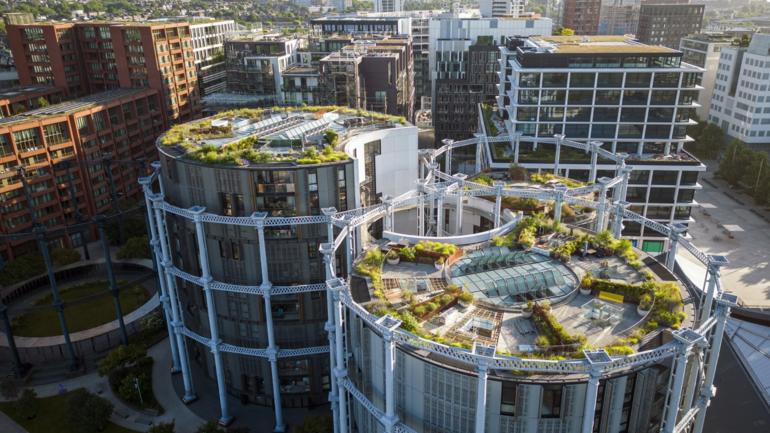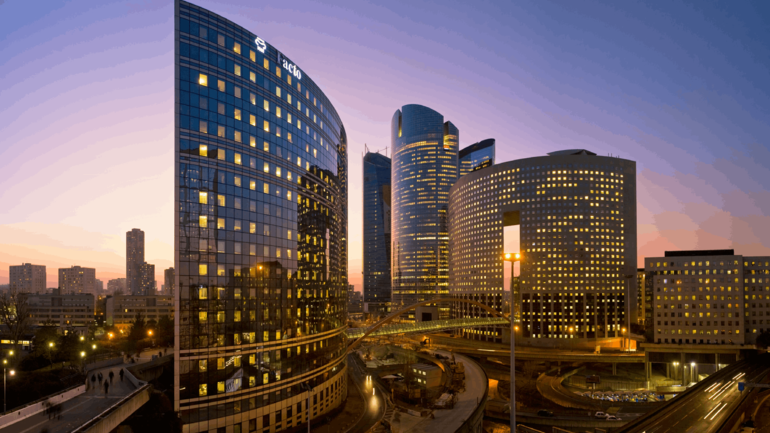The COVID crisis has exposed our interdependencies and the insufficient preparation of our urban systems for coping with shocks. It has also highlighted the stress we put on the environment and in many places greatly increased inequality – including to heat. Now, with climate change, come scorching hot temperatures during the summer months which bring additional challenges to health care systems that already operate under great pressure due to the pandemic. On August 16, California recorded what could be the hottest temperature ever on earth: 54.4 degrees Celsius, in the shade.
COVID-19 wasn’t a bolt from the blue, experts have long warned about the potential outbreak of a major pandemic, yet governments around the world were woefully unprepared for its catastrophic consequences. Let’s not make the same mistake with global warming.
The dangers of anthropogenic climate change have been known for decades and with the vast amount of existing data, tools and guidelines, taking action should be seemingly straightforward. Yet, extreme heat is progressively posing fatal danger for humanity, particularly for young children and elderly people. In fact, in Europe and the United States, more people die of heat waves than from all other natural disasters combined. And temperatures will continue to rise.
Cities are particularly vulnerable to heat waves. Air pollution, tall buildings, building materials, lack of green spaces and wind all contribute to trapping heat from the sun, traffic and industry and result in the creation of Urban Heat Islands (UHI). Due to the UHI effect, cities on average record 2-4 degrees higher temperatures than surrounding rural areas. Moreover, many cities, particularly in the north, are ill-prepared for extreme heat with buildings primarily designed to keep the cold out and not the other way around.
There is an urgent, global need for building urban resilience to heat and, as usual, business has a key role to play.
Over the past months, it has become clear that resilience strategies for COVID-19 in cities could help us approach other threats as well. We have seen that in times of pandemics, we need almost the same things as we do during heat waves. We need spacious green and blue areas close to our homes where we can walk, exercise and rest – places where we can enhance our well-being while maintaining the necessary physical distance. We also need comfortable dwellings that are neither too hot nor too cold, as well as gardens and parks that are accessible to the whole community.
In Sweco’s most recent Urban Insight report "Building resilience: being young and getting old in a hotter Europe” more solutions for how we can create sustainable, livable cities are proposed:
1. Architects, urban planners, building managers and developers need to implement and apply new guidelines and innovative design and technology solutions that minimize the impact of heat on buildings and their surroundings and better accommodate the needs of building users.
2. Collaborative platforms should facilitate sharing of knowledge, data and best practices between industry, policymakers and academia to accelerate climate action and building resilience. This is crucial for enabling the connectivity, flexibility and resourcefulness needed for adaptation and quick recovery.
3. We need to build resilience into both physical and social structures of our cities. Behavior change and effective communication can help in preparing for and mitigating risks. Organizations like nursery homes or hospitals should be involved in designing livable and healthy cities of the future.
Many cities are already taking action against increasingly frequent extreme heat events. In the slums of Delhi, roofs are coated with a sun and heat-reflective paint to reduce indoor temperatures and lower energy consumption. In Paris, streets and building walls are cooled down with water in the advent of heat waves and in Seoul, cooling shelters offer relief from sweltering weather for those who cannot afford air conditioning in their homes.
WBCSD is actively transforming the built environment towards one that is resilient, net-zero emissions, circular, healthy and inclusive. Through our City-Business Climate Alliance, we have established several local partnerships between public and private actors for joint climate action. One of our key goals is to support these collaborations in designing and implementing adaptation measures and to build urban systems that are resilient to climate change.
But we need to accelerate our efforts to cope with global population growth and rapid urbanization. More stakeholders must engage, and we need to improve institutional and governance aspects of how cities, business and other stakeholders can work together to realize the vision of a sustainable built environment. To tackle these issues, WBCSD is developing a `blueprint` with a non-prescriptive collection of targets, mechanisms and principles that can channel investment toward sustainable projects in the future. The blueprint will reflect both the business case as well as the wider value of these investments, to align and compare the competing objectives that need to be managed with a holistic, long-term vision in mind.
In the wake of COVID-19, when governments will provide massive stimulus funding to restart economies, it’s more important than ever to consider the long-term value creation of urban infrastructure investments. If we manage to take advantage of the momentum spurred by this global public health emergency to build back better, we can prepare our cities for a warmer future and create healthy living spaces where people and biodiversity can thrive.
Roland Hunziker is Director, Sustainable Buildings and Cities at WBCSD
Mattias Goldmann is Chief Sustainability Officer at Sweco

